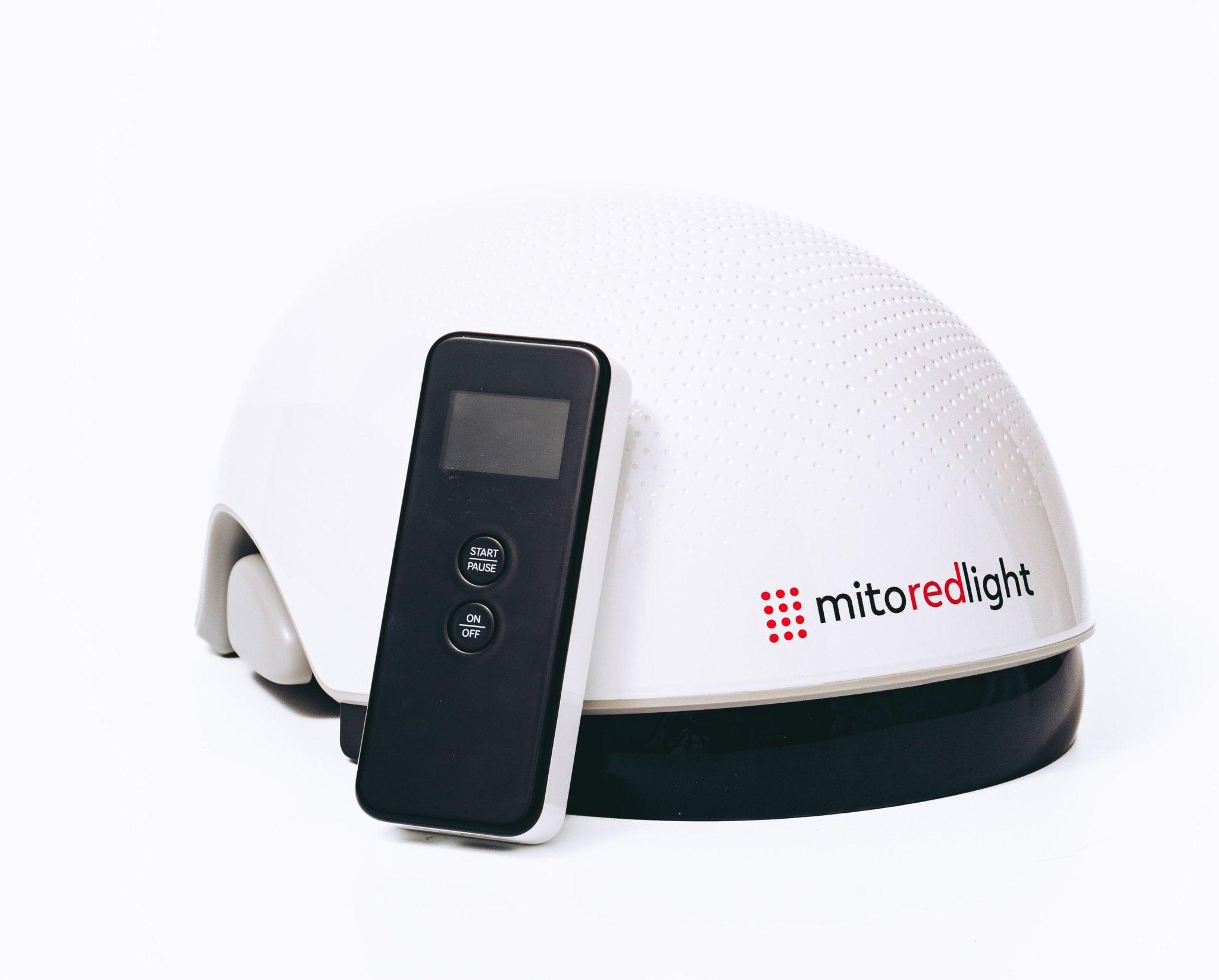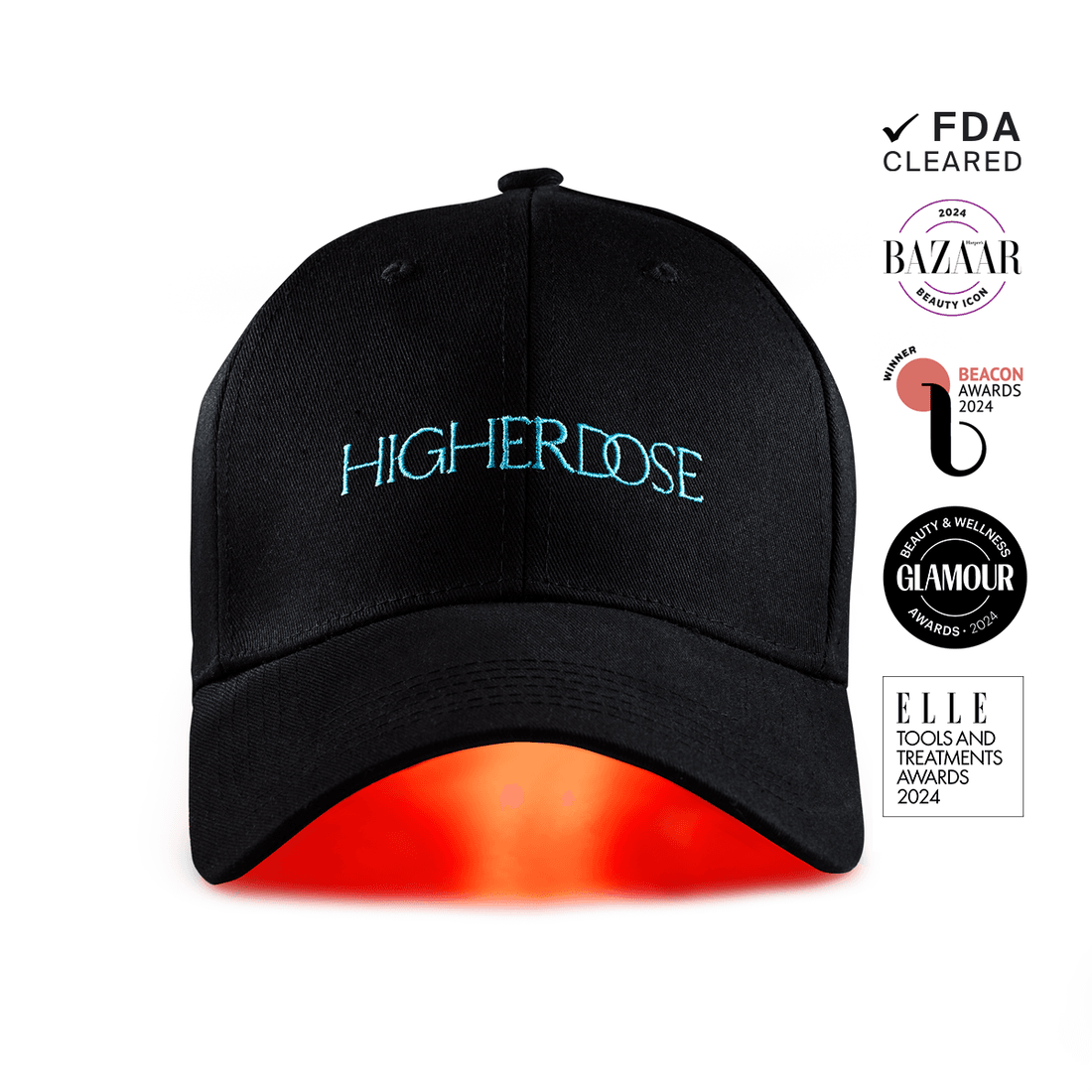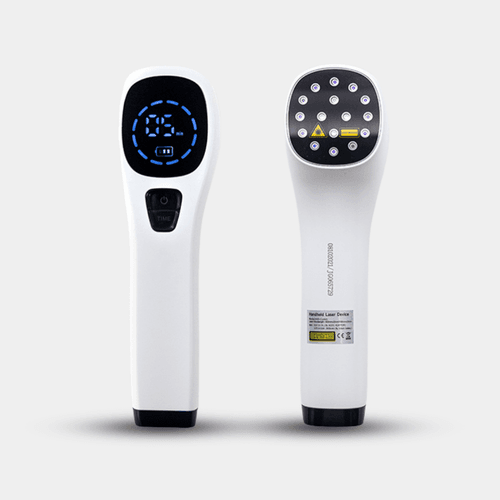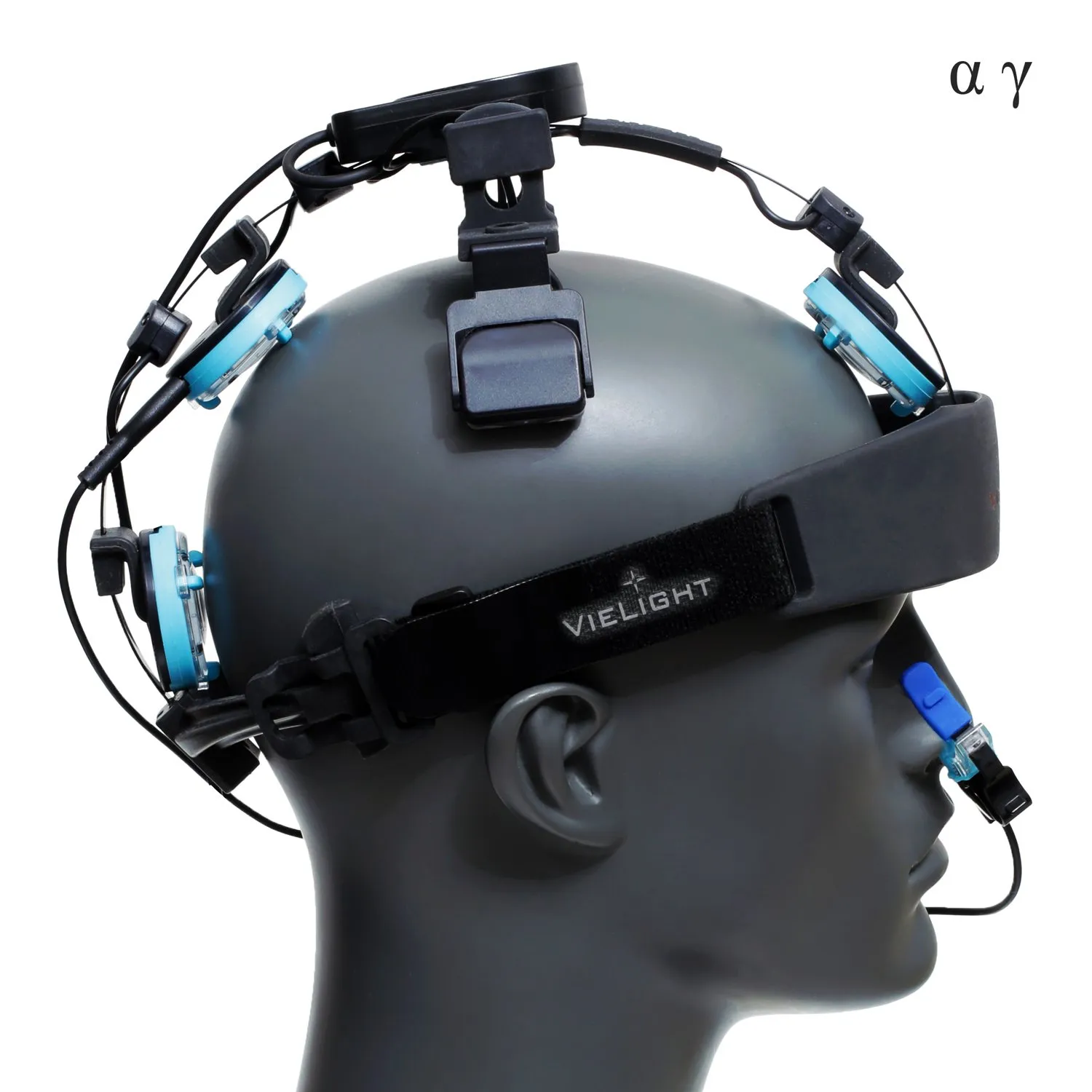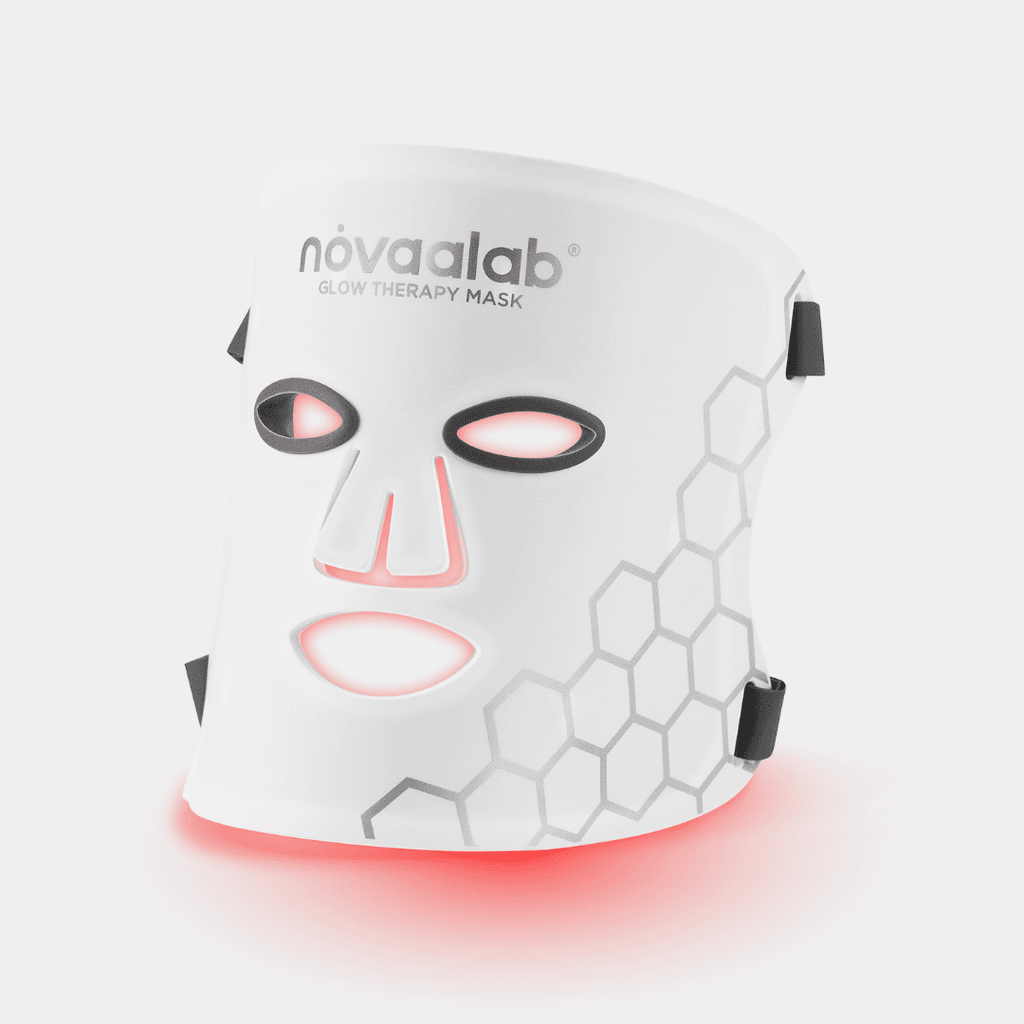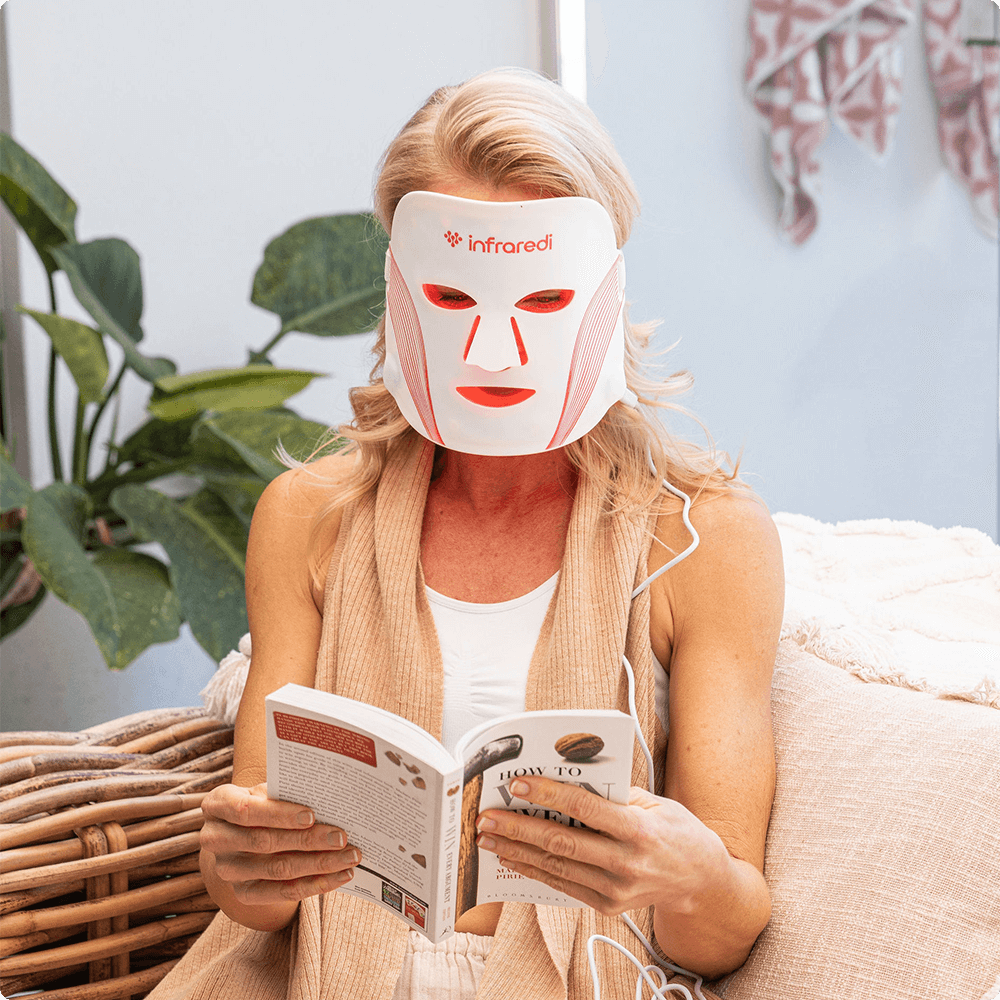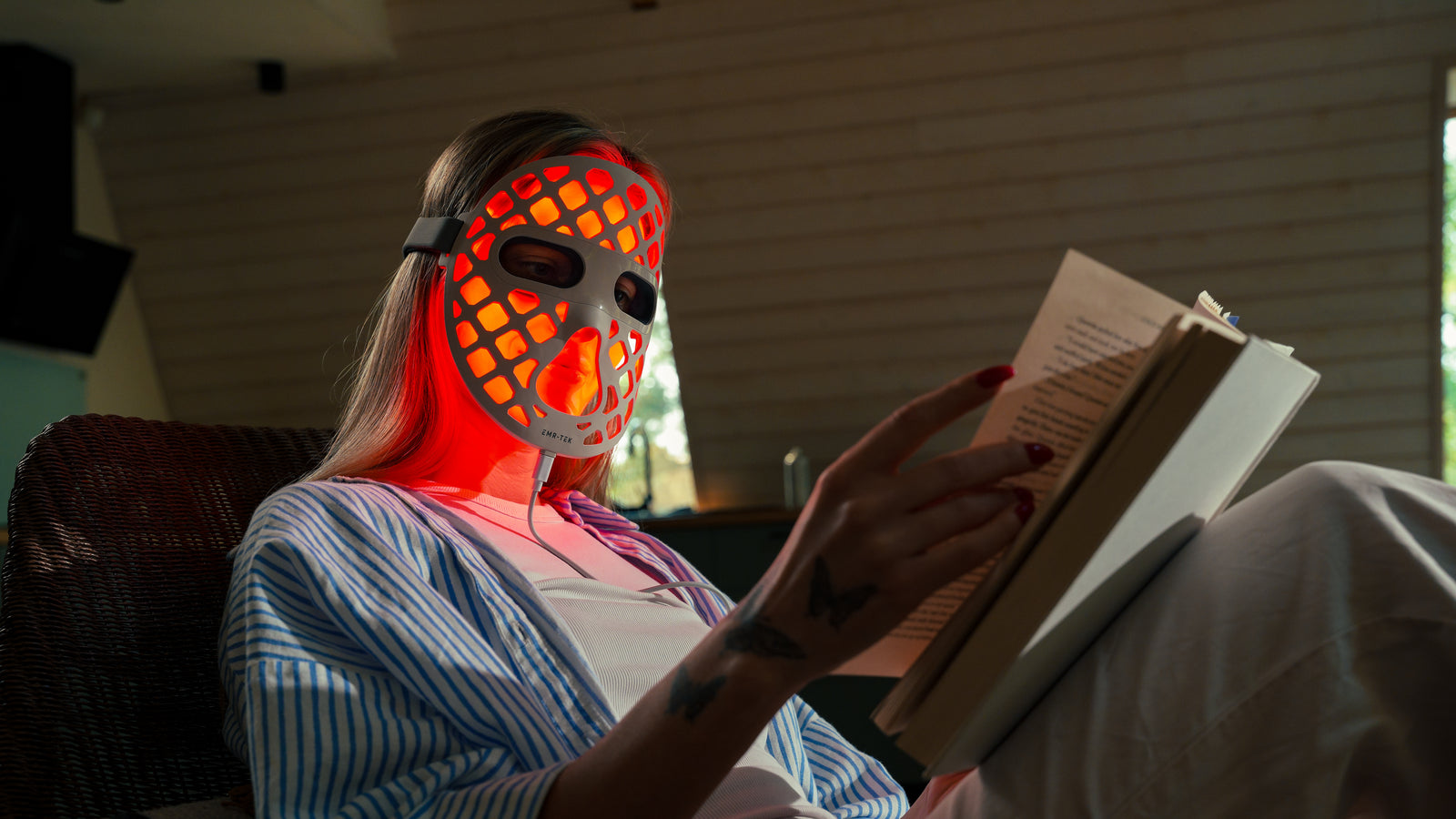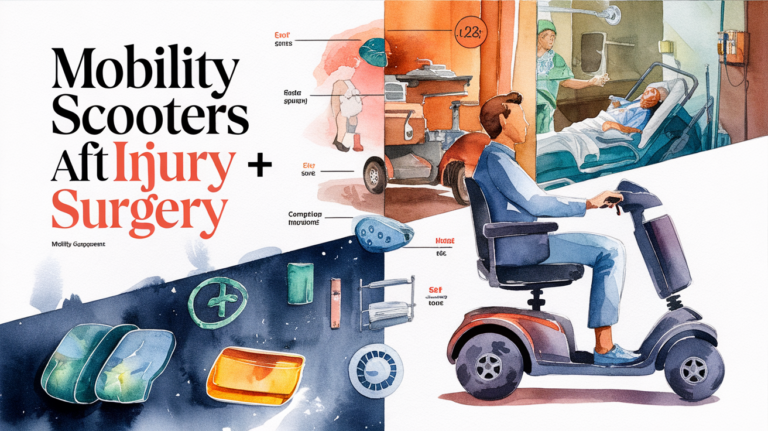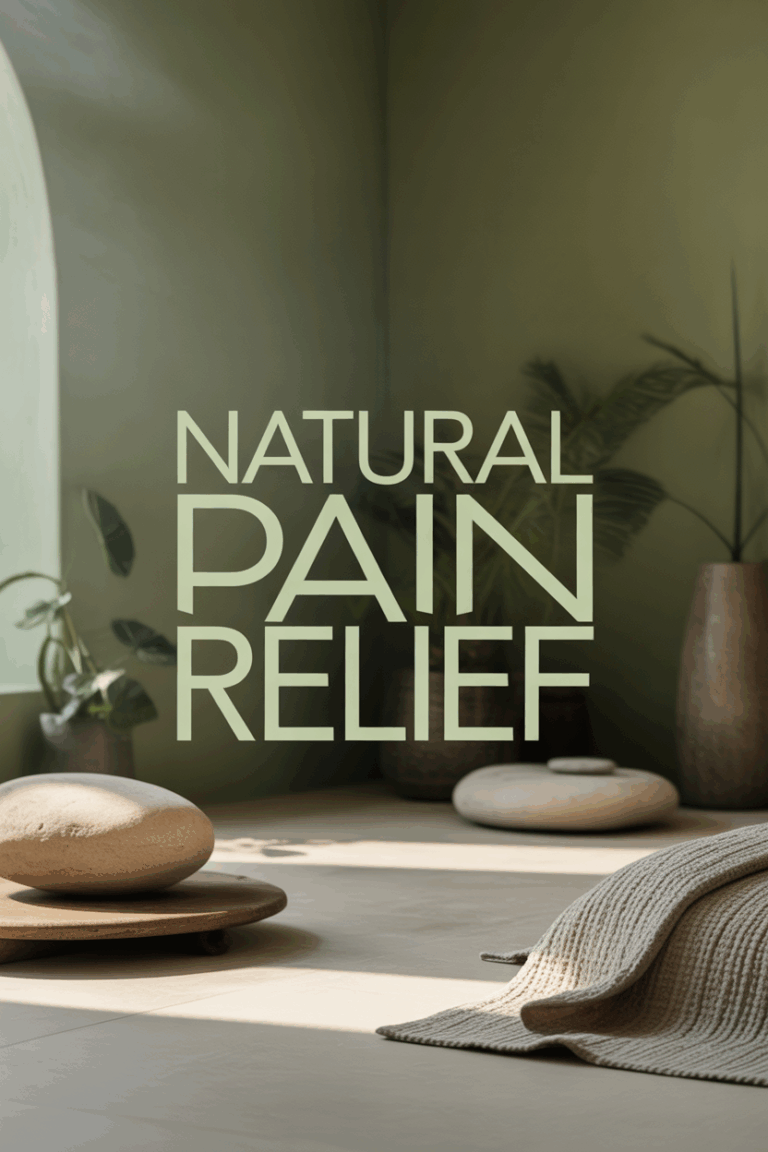FDA Approved Light Therapy: 7 Science-Backed Treatments That Actually Work
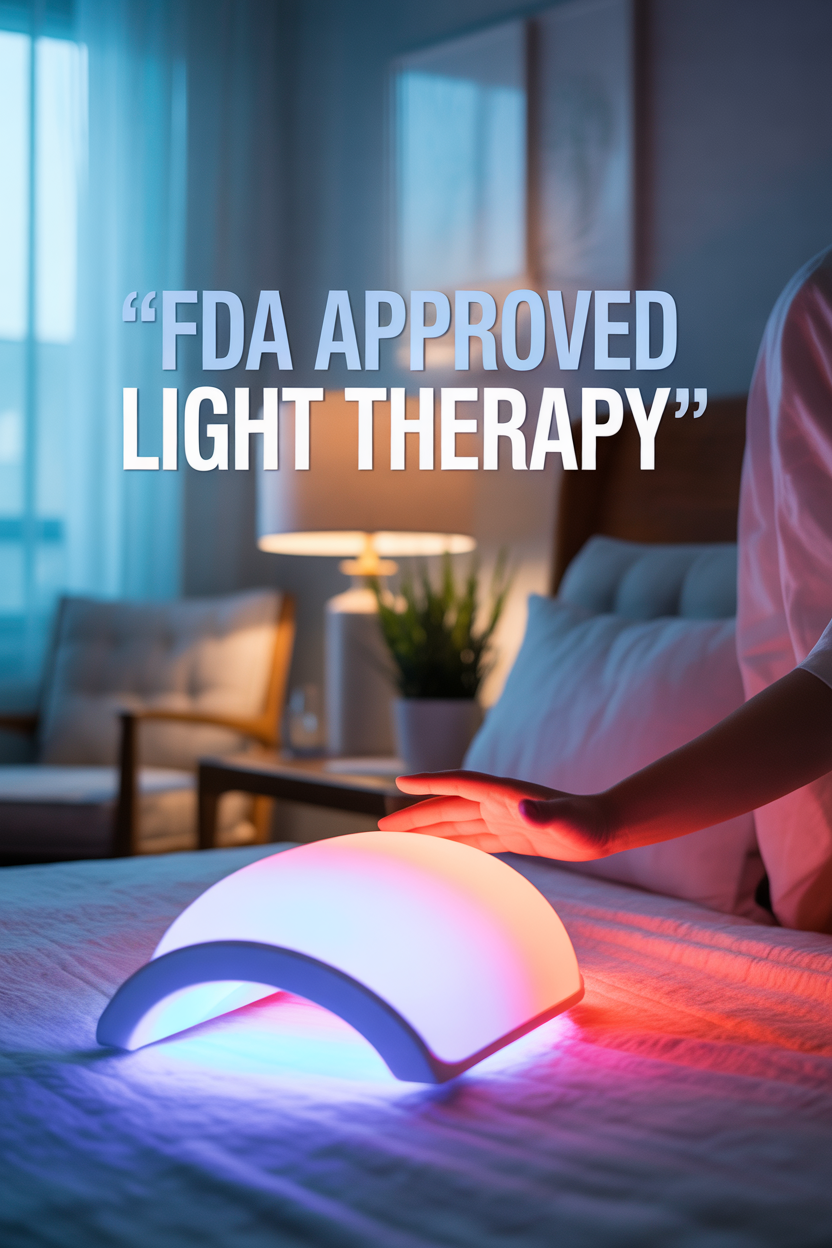
FDA Class II Recommendations
FDA Class II Hair Growth
|
Our Rating:
4.9
|
Our Rating:
4.8
|
|
Coupon:
USE COUPON RED FOR 5% OFF
|
Coupon: |
FDA Class II Handheld Pain Relief
|
Our Rating:
5.0
|
Our Rating:
5.0
|
FDA Class II Brain Support
|
Our Rating:
4.9
|
Our Rating:
5.0
|
FDA Class II Face Mask
|
Our Rating:
5.0
|
Our Rating:
4.9
|
Our Rating:
4.9
|
FDA Class II Acne
|
Our Rating:
5.0
|
Our Rating:
5.0
|
|
Coupon: |
Coupon:
CAROLINE25B for 25% off
|
FDA Approved Light Therapy: Complete Guide to Regulated Treatments (That Won’t Leave You in the Dark!)
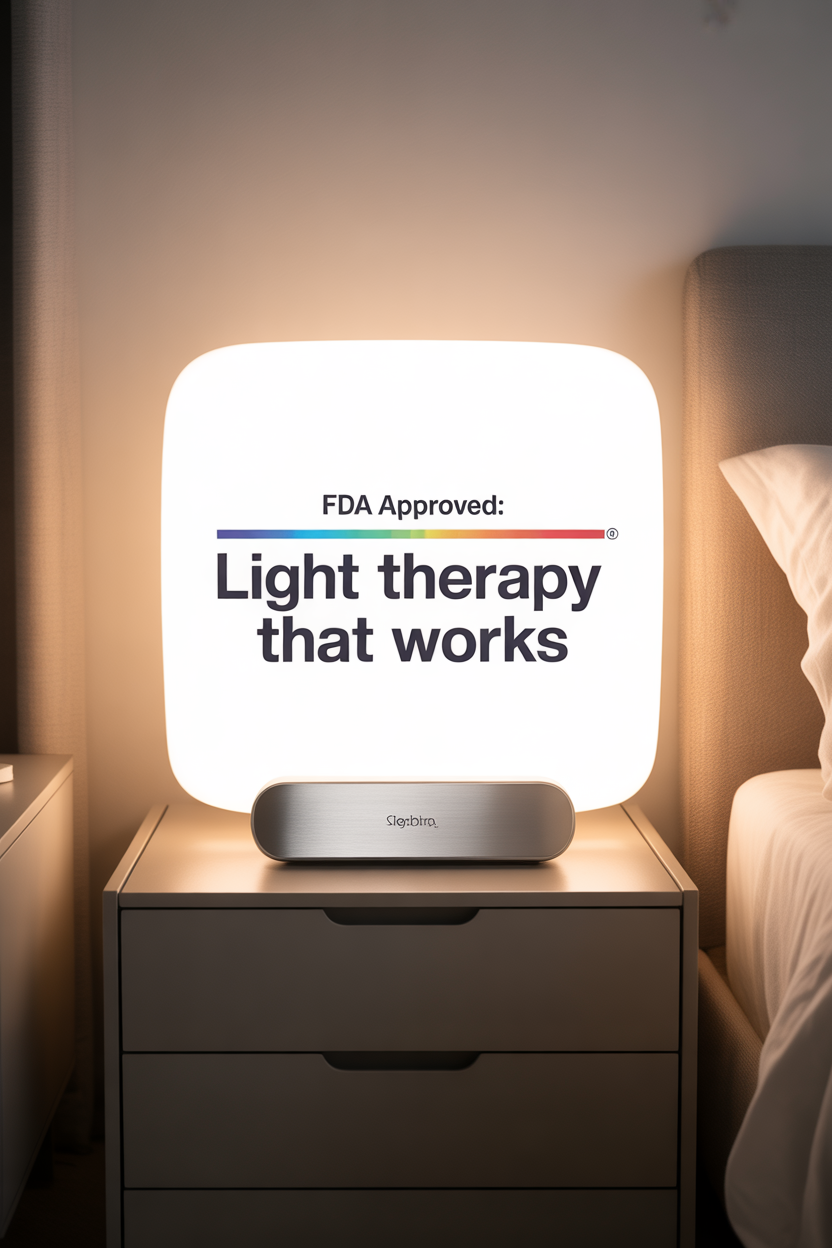
Light therapy has burst onto the scene as a non-invasive treatment option for everything from seasonal blues to stubborn skin problems. But with so many devices flooding the market, figuring out which treatments have the FDA’s golden stamp of approval is crucial. Consider this your illuminating guide to FDA-approved light therapy options—because nobody wants to waste time and money on treatments that don’t deliver results!
What is Light Therapy and How Does it Work?
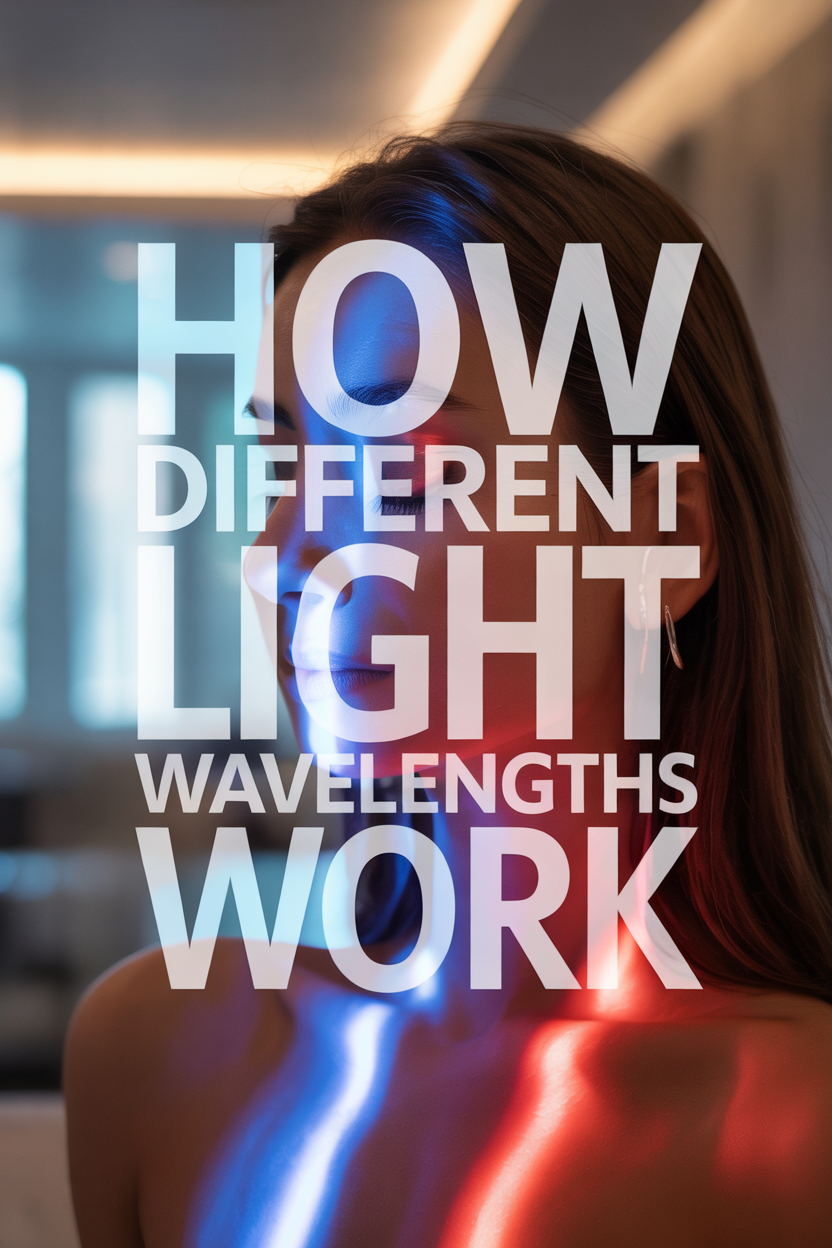
Light therapy—or phototherapy—uses specific wavelengths of light to treat various medical conditions. It works by exposing your body to artificial light sources that mimic natural outdoor light. When this therapeutic light hits your eyes or skin, it triggers impressive biochemical changes at the cellular level.
Different colors of light affect your body in distinct ways:
- Blue light (415-455 nm) zaps acne-causing bacteria and helps regulate your body’s internal clock
- Red light (630-660 nm) penetrates deeper to promote healing and reduce inflammation
- Full-spectrum light brings sunshine indoors, primarily used for seasonal mood disorders
For light therapy to work effectively, you need the right intensity, duration, timing, and consistency in your treatment plan.
The History of Light Therapy and FDA Regulation
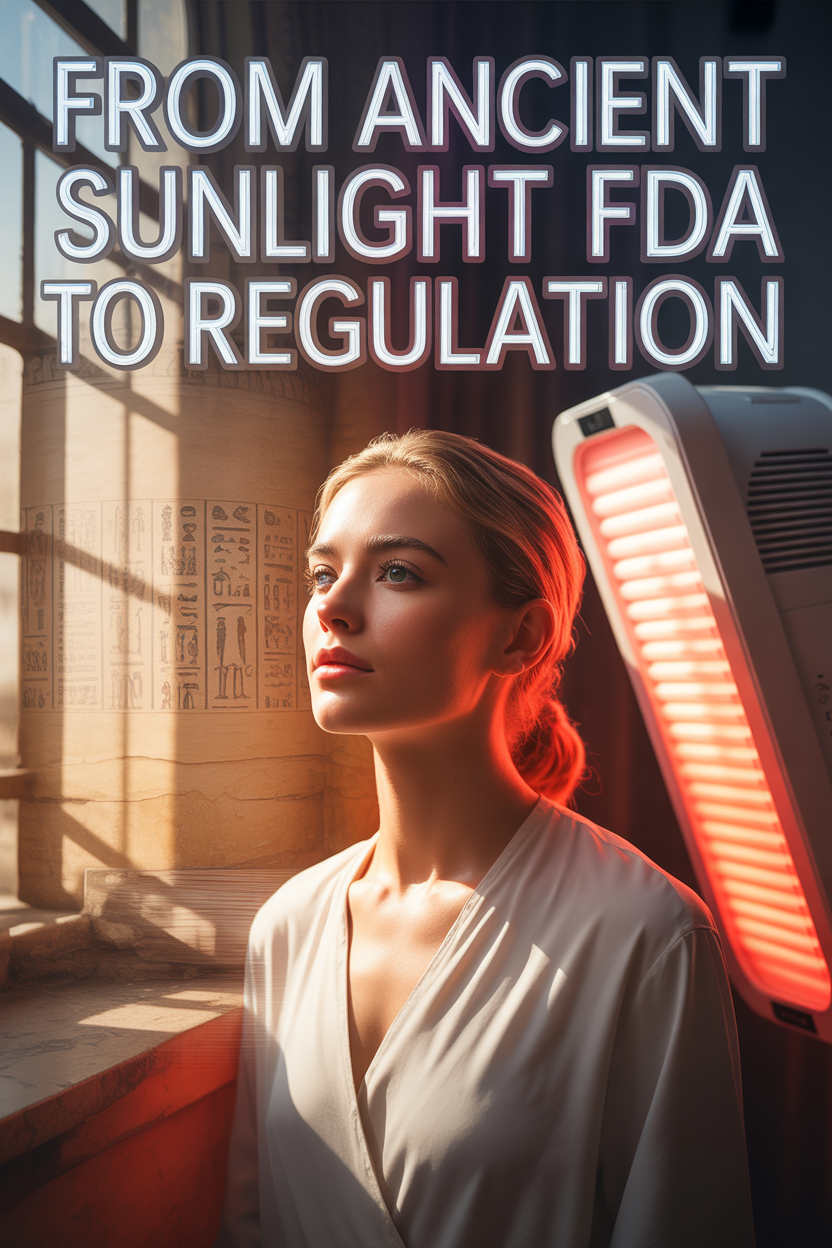
Light therapy isn’t a new concept—ancient Egyptians, Greeks, and Romans used sunlight for healing thousands of years ago. Modern phototherapy developed in the late 19th century when Nobel Prize winner Niels Ryberg Finsen successfully treated skin tuberculosis using concentrated light rays.
The FDA began regulating light therapy in the 1970s when commercial phototherapy products became widespread. In 1976, they introduced the Medical Device Amendments, creating a regulatory framework with three categories based on risk level.
Today, light therapy devices must go through either:
- FDA approval – the rigorous process for new devices
- FDA clearance – the process where manufacturers show their device is substantially equivalent to something already on the market
Most people use “FDA approved” as a general term, though technically many devices are “FDA cleared” rather than approved.
Types of FDA-Approved Light Therapy Devices
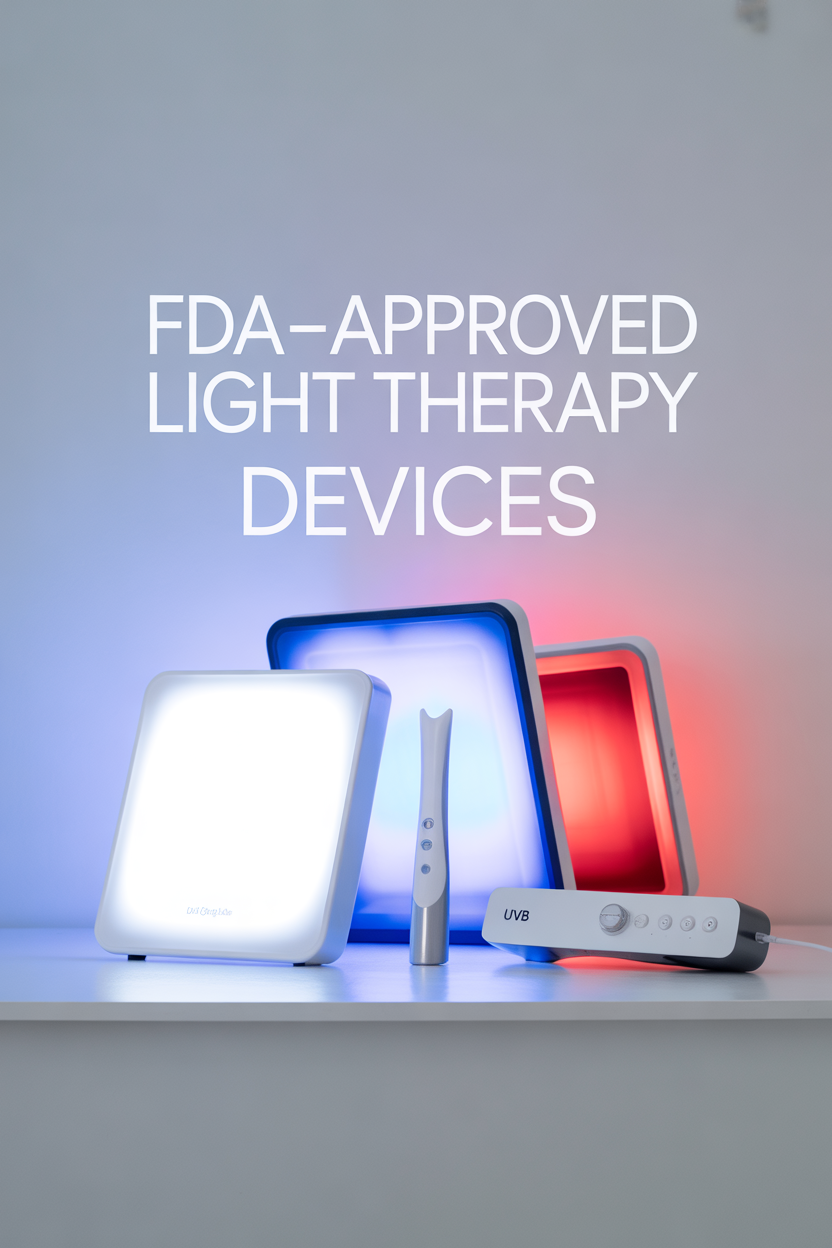
The FDA has given their endorsement to various light therapy devices, each designed for specific therapeutic purposes:
- Light therapy boxes – These produce 10,000 lux of light, about 20 times brighter than typical indoor lighting
- Narrowband UVB devices – Cleared for psoriasis, eczema, and vitiligo treatment
- Blue light therapy devices – Target acne-causing bacteria with precision
- Red light therapy devices – Support skin rejuvenation and pain relief
- Low-level laser therapy (LLLT) devices – Address pain, hair loss, and wound healing
- Light therapy visors and glasses – Provide portable options for mood and sleep disorders
Each type has undergone specific clinical testing to earn FDA clearance for particular applications.
Light Therapy for Seasonal Affective Disorder
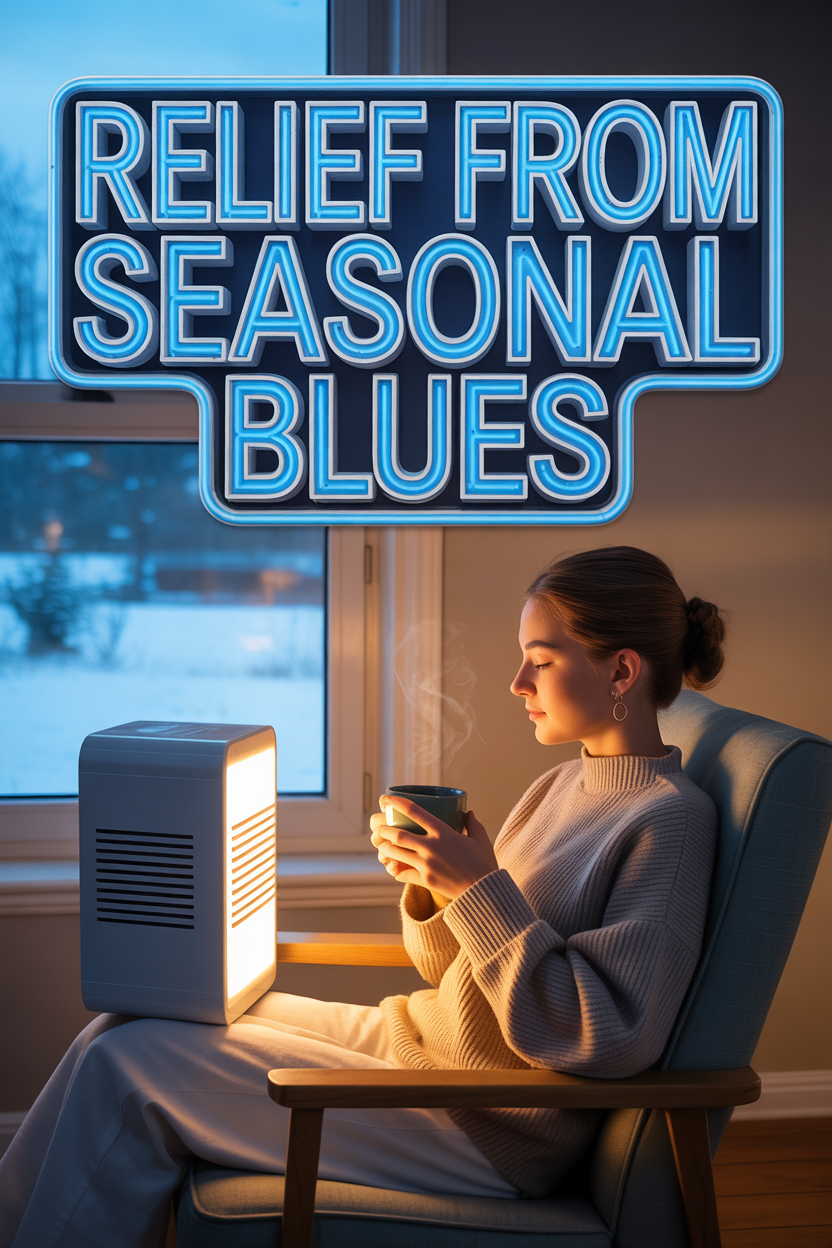
Seasonal Affective Disorder affects about 5% of Americans, causing mood changes and energy drops during fall and winter months. If you experience persistent low mood during darker months, light therapy might help.
FDA-cleared light therapy devices for SAD typically offer:
- 10,000 lux of white light
- UV filtering for safety
- Adjustable positioning for comfort during treatment
Research shows that 50-80% of SAD patients improve significantly with daily morning sessions of 20-30 minutes. The therapy helps normalize circadian rhythms and boost serotonin levels naturally.
Popular FDA-cleared options include the Carex Day-Light Classic, Northern Light Technologies Boxelite, and Verilux HappyLight—all proven more effective than placebo treatments in clinical studies.
Light Therapy for Skin Conditions
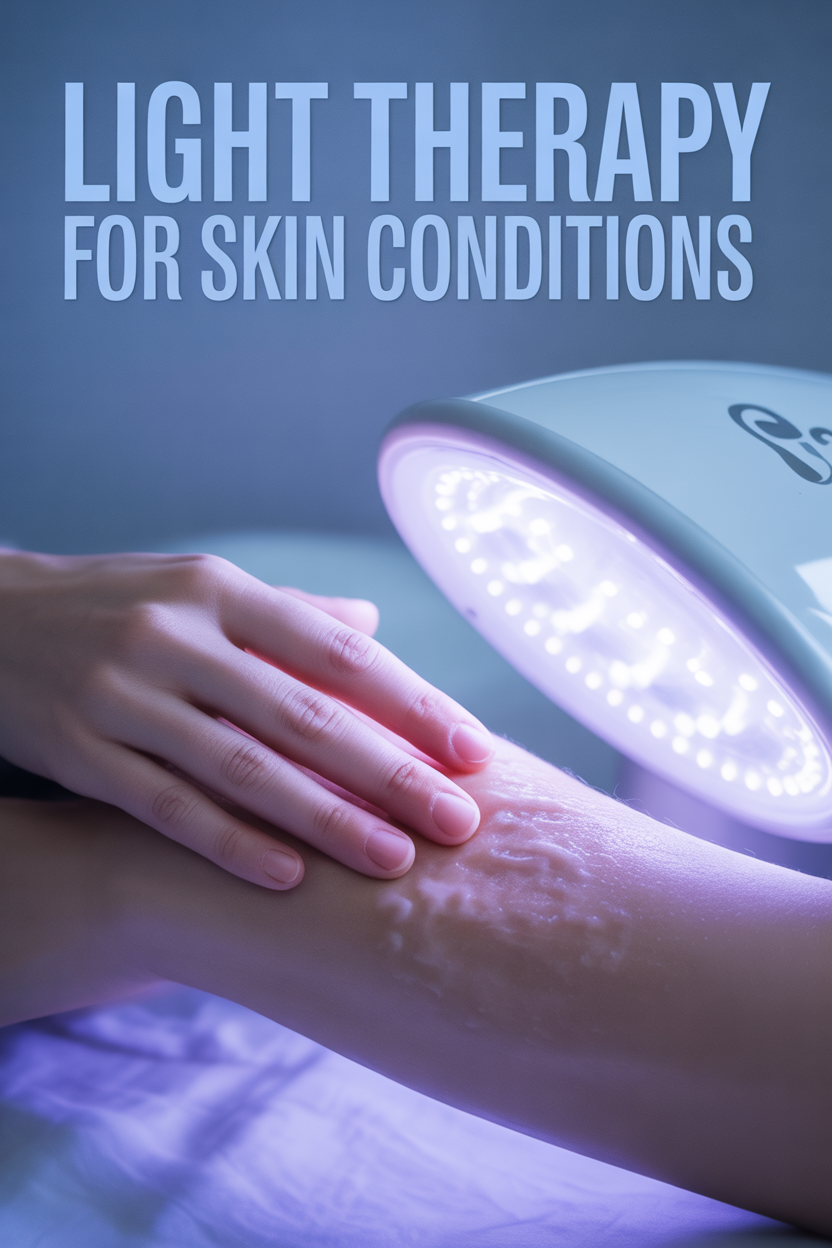
Light therapy has transformed dermatology by offering new hope to people with persistent skin conditions:
Psoriasis: Narrowband UVB phototherapy has strong FDA credentials for psoriasis treatment. It slows down excessive skin cell production. Home devices like the Philips Home Phototherapy system have received FDA clearance, allowing convenient treatment in your own space.
Eczema/Atopic Dermatitis: UVB and UVA treatments have FDA clearance for persistent, itchy cases that don’t respond well to topical treatments. These light wavelengths help modulate immune responses in affected skin areas.
Vitiligo: Combination therapies using UVB light alongside medications have FDA clearance for helping restore pigment to affected skin areas.
While professional treatments typically provide more powerful results than home devices, both options have FDA-cleared versions available for these skin conditions.
Red Light Therapy: Clinical Applications
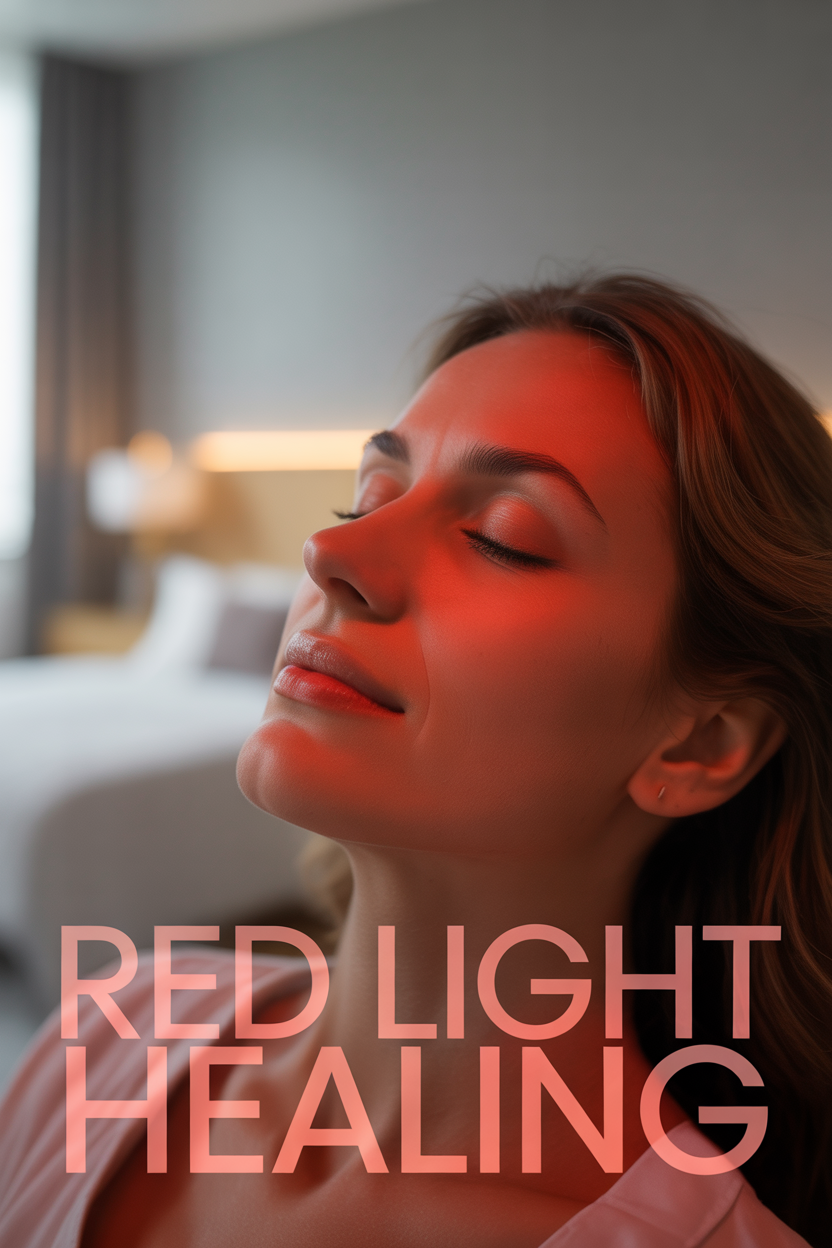
Red light therapy uses low wavelength red light (630-660 nm) to penetrate skin and enhance cellular function. The FDA has cleared various red light devices for impressive applications:
- Wrinkle reduction and skin rejuvenation – Several devices have FDA clearance to temporarily improve skin appearance and texture
- Hair regrowth therapy – Devices like the HairMax LaserComb have FDA clearance for treating pattern baldness
- Wound healing acceleration – Specific devices are cleared to support faster recovery time
- Pain management therapy – Red light devices can provide temporary relief for muscle and joint discomfort
The science behind red light therapy involves stimulating mitochondria to produce more cellular energy. This enhanced cellular function can support various healing and regenerative processes throughout the body.
Blue Light Therapy: Acne Treatment and Beyond
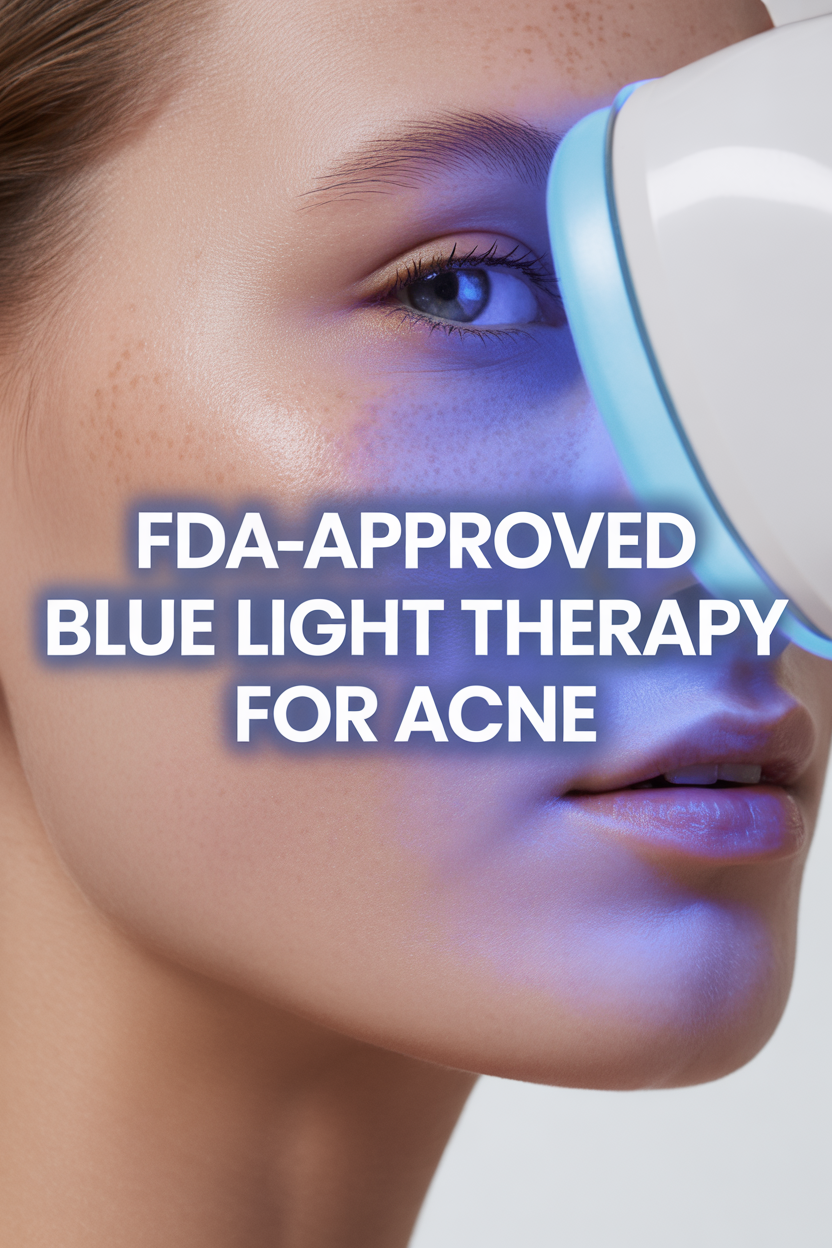
Blue light therapy uses wavelengths between 415-455 nm to target and eliminate acne-causing bacteria. The FDA has cleared several blue light devices for acne treatment based on clinical evidence.
FDA-cleared blue light therapy devices for acne include:
- Neutrogena Light Therapy Acne Mask
- TRIA Beauty Acne Clearing Blue Light
- ClearBlue by Clarity
Studies show that consistent blue light therapy can reduce inflammatory acne by 60-70% after 4-8 weeks of regular use. Some advanced devices combine blue and red light for dual action—eliminating bacteria while reducing inflammation.
Beyond acne treatment, the FDA has also cleared specific blue light devices for:
- Treating sun damage and precancerous lesions (with photosensitizing medications)
- Treating jaundice in newborns
These specialized treatments require proper medical supervision and shouldn’t be attempted with consumer-grade devices.
Light Therapy for Sleep Disorders
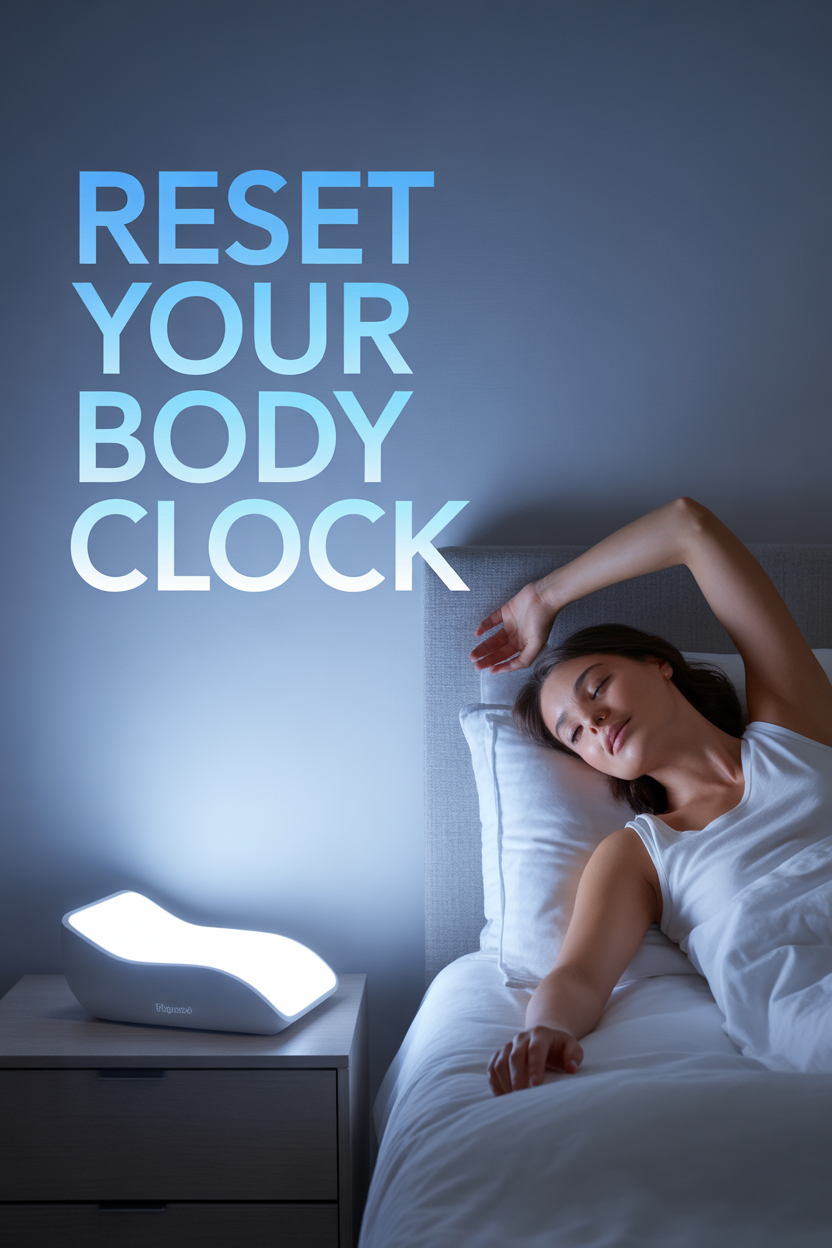
Light therapy has earned FDA clearance for helping with various sleep disorders by regulating circadian rhythms.
Delayed Sleep Phase Syndrome: For people who can’t fall asleep until late hours and struggle with morning wakefulness, FDA-cleared bright light therapy in the morning can help reset the body clock.
Advanced Sleep Phase Syndrome: For those who fall asleep very early and wake before dawn, evening light exposure can help shift sleep schedules to more conventional hours.
Shift Work Sleep Disorder: For night shift workers whose bodies struggle with unnatural schedules, specialized light therapy can help adapt to irregular work patterns.
Jet Lag Recovery: Portable FDA-cleared devices can help travelers adjust to new time zones faster, reducing adaptation time and improving sleep quality.
Innovative devices like the Re-Timer light therapy glasses and Luminette visors have FDA clearance for these purposes, allowing for convenient treatment while maintaining normal activities.
Light Therapy for Pain Management
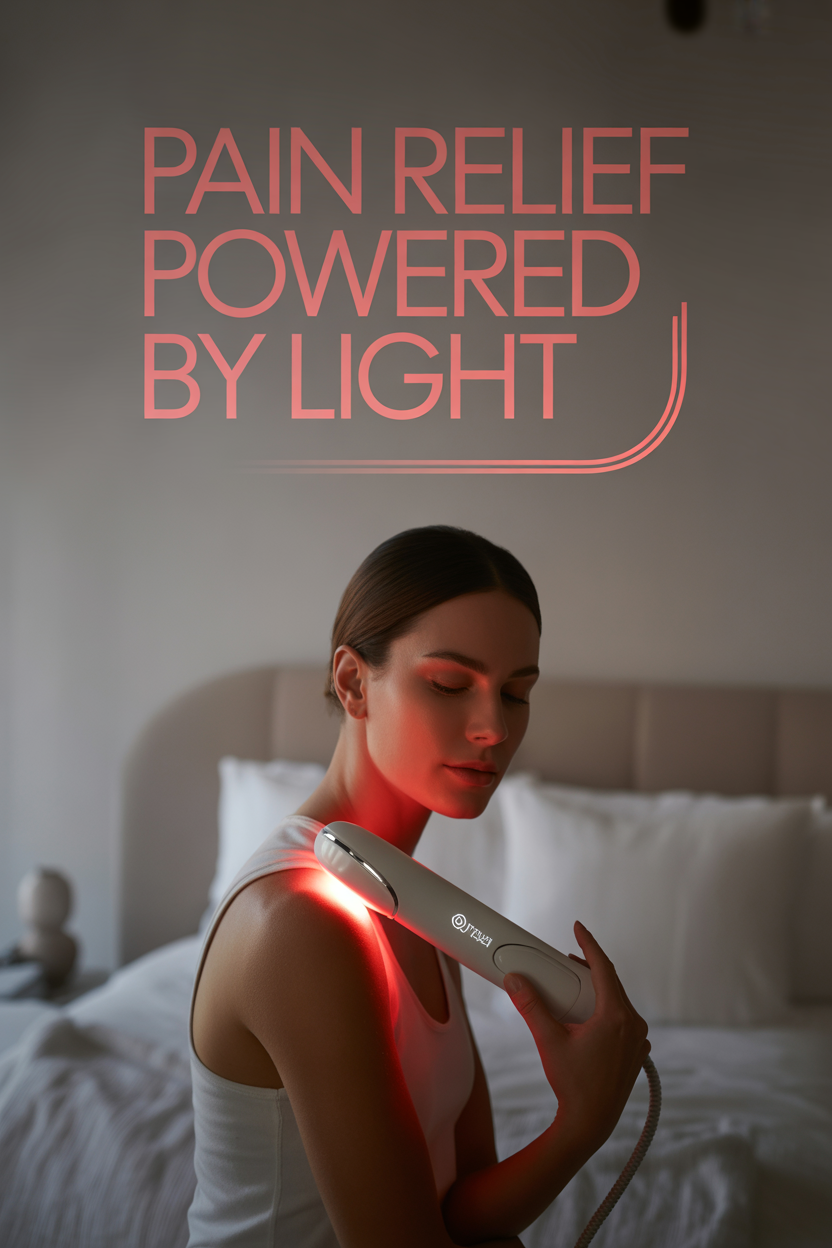
Light therapy for pain relief has gained significant recognition, with several FDA-cleared devices now available. These systems use red and near-infrared wavelengths (600-1000 nm) that penetrate tissues to reduce inflammation and provide pain relief.
FDA-cleared therapeutic uses for light therapy pain devices include:
- Temporary relief of minor muscle and joint pain
- Arthritis-related discomfort and stiffness
- Muscle spasms and tension
- Improving local blood circulation
- Reducing joint stiffness
Devices like the Avant LZ30 and Anodyne Therapy System have specific FDA clearance for these pain applications. The therapy works through photobiomodulation, where light energy stimulates beneficial cellular changes.
Most current FDA clearances specify temporary relief rather than permanent resolution for chronic pain conditions, making these treatments complementary to comprehensive pain management approaches.
Understanding FDA Classifications for Light Therapy
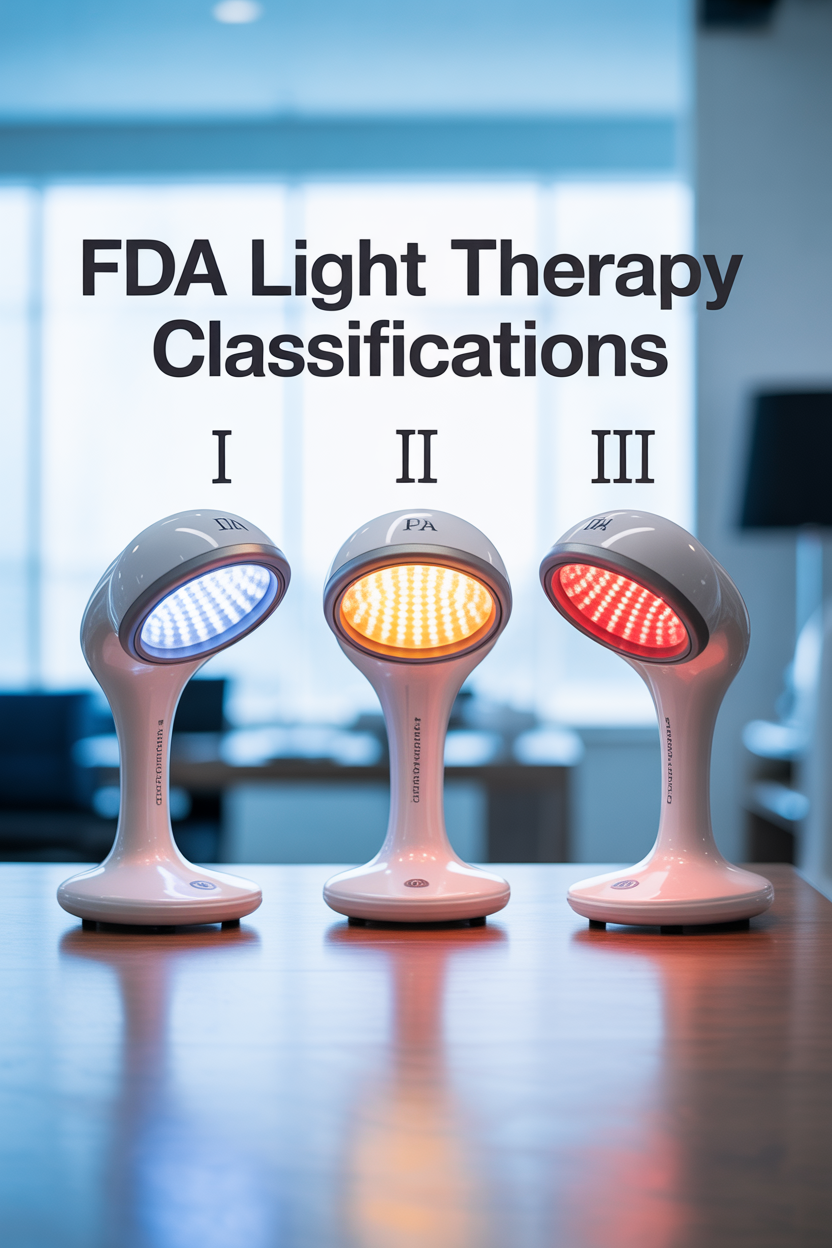
The FDA classifies all medical devices, including light therapy equipment, into three categories based on risk level:
Class I Light Therapy Devices: The lowest risk category with minimal regulations. Very few light therapy devices fall into this basic category.
Class II Light Therapy Devices: The moderate risk category requiring both general controls and special oversight. Most therapeutic light devices fall into this category, needing 510(k) clearance showing they’re “substantially equivalent” to previously cleared devices.
Class III Light Therapy Devices: The highest risk category requiring comprehensive testing and approval. Few light therapy devices reach this classification—it’s reserved for the most serious medical interventions.
Most consumer light therapy devices have gone through the 510(k) process rather than the more intensive approval process. This distinction matters when evaluating the regulatory rigor behind different devices on the market.
Potential Side Effects of Light Therapy
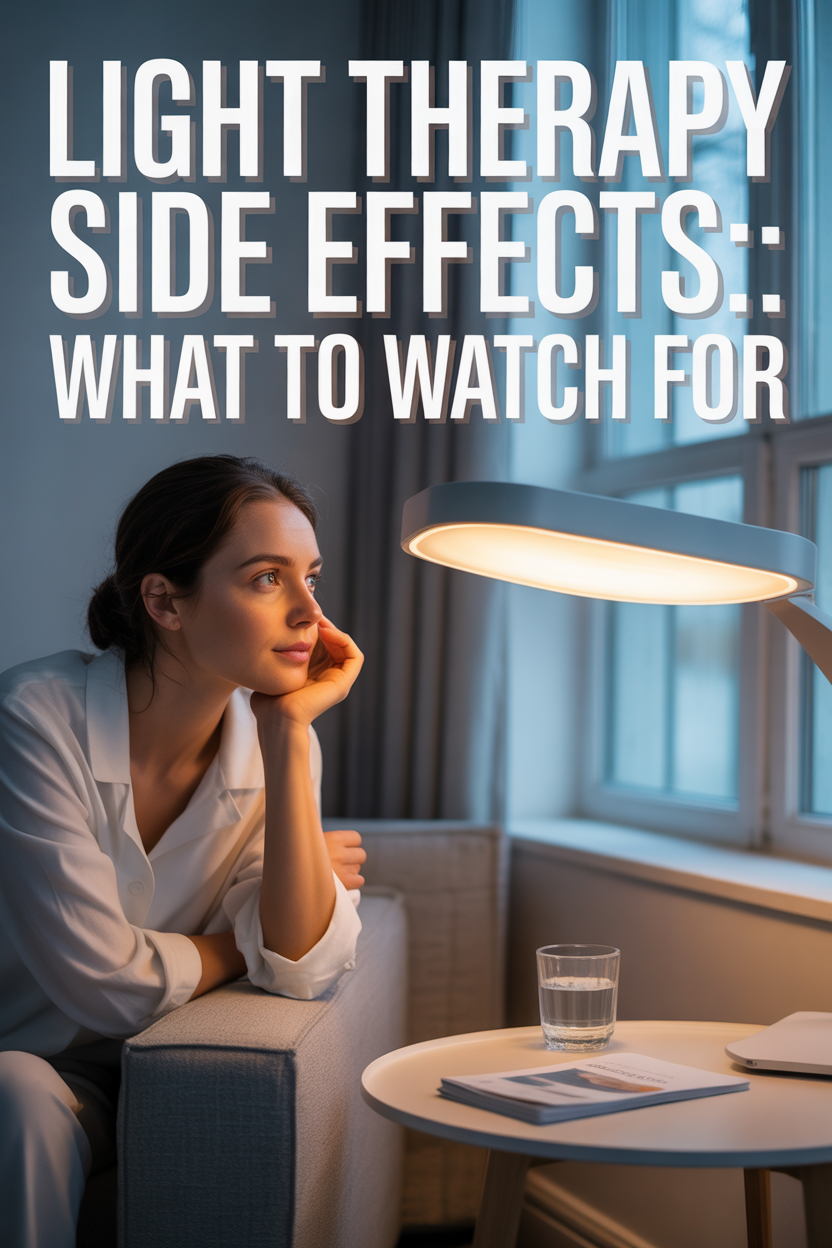
Even FDA-cleared light therapy can cause side effects in some people, though they’re usually mild and temporary:
Bright Light Therapy for SAD:
- Temporary eyestrain
- Headaches
- Mild nausea or dizziness
- Temporary irritability
- Sleep disruption (if used late in the day)
UV Light Therapy for Skin Conditions:
- Skin redness and irritation
- Itching or burning sensations
- Potential long-term skin aging risk
Red Light Therapy:
- Temporary skin redness
- Eye strain (if protective eyewear is not used)
Blue Light Therapy:
- Skin dryness
- Temporary hyperpigmentation in some skin types
Some people should be especially cautious with light therapy, including those with bipolar disorder (light therapy can sometimes trigger mania), pre-existing eye conditions, patients on photosensitizing medications, or those with skin cancer history. Always consult with a healthcare provider before starting light therapy.
Cost and Insurance Coverage for Light Therapy
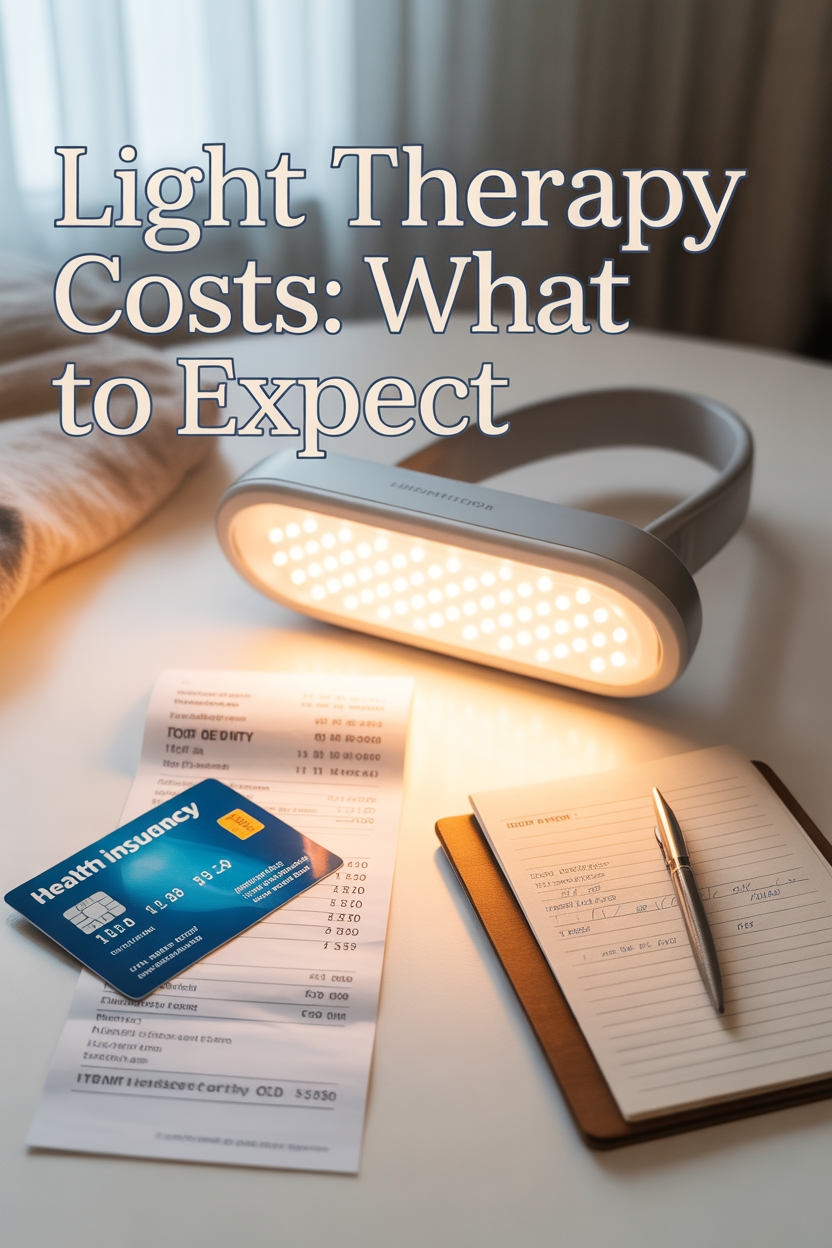
The cost of FDA-approved light therapy varies widely depending on the type of treatment and whether you choose home or professional options:
Consumer Light Therapy Devices:
- SAD light therapy boxes: $50-$300
- At-home blue light acne devices: $40-$400
- Consumer-grade red light therapy devices: $100-$800
- Portable light therapy glasses and visors: $200-$500
Professional Light Therapy Treatments:
- Dermatologist-administered phototherapy: $50-$300 per session
- Professional photodynamic therapy: $100-$500 per session
- Clinical red light therapy: $50-$200 per session
Insurance coverage for light therapy varies by provider and condition:
- Skin condition treatments are often covered when prescribed by a dermatologist
- SAD treatment might be covered with proper documentation
- Cosmetic applications like anti-aging are rarely covered
- Some plans cover home devices with a prescription
Medicare typically covers dermatological phototherapy but has varying policies regarding SAD treatment coverage depending on region and documentation.
At-Home vs. Clinical Light Therapy Options
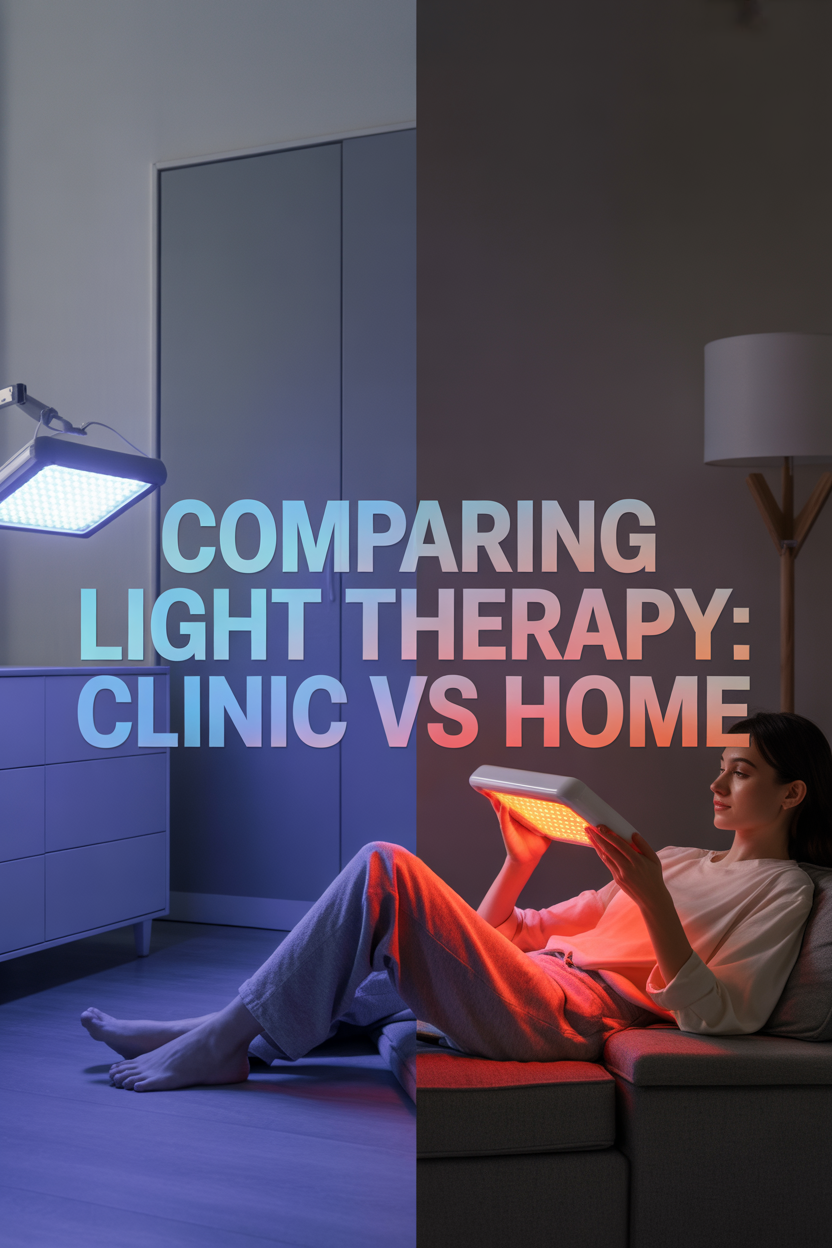
Both at-home and clinical light therapy have FDA-cleared options, but they differ in several important ways:
Power and Light Intensity: Clinical devices offer greater power and intensity. Professional treatments may work faster, while home devices use gentler settings for safety.
Treatment Area Coverage: Professional devices often cover larger areas at once, while home devices typically target smaller regions.
Professional Supervision: Clinical treatments include expert monitoring and customization of settings. Home therapy requires careful adherence to instructions.
Cost Considerations: Professional treatments cost more per session, but home devices require larger upfront investment that may save money over time.
Conditions Appropriately Treated: Serious skin conditions often need professional treatment, while maintenance therapy or milder issues might respond well to home devices.
Many patients achieve optimal results with a combined approach—starting with professional treatments and maintaining with an FDA-cleared home device for ongoing care.
The Future of FDA-Approved Light Therapy
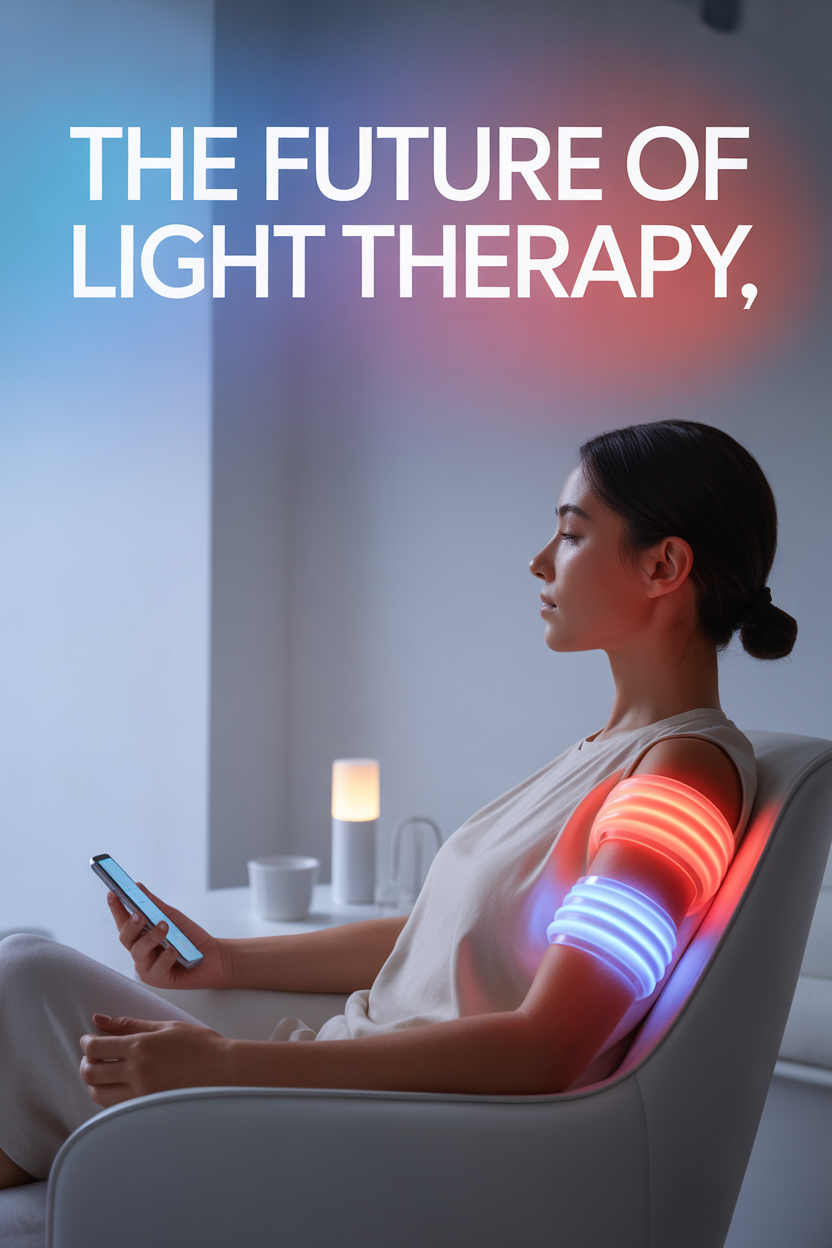
Light therapy continues to evolve rapidly, with several exciting developments on the horizon:
Precision Wavelength Combinations: Researchers are discovering specific light combinations that target particular conditions more effectively, allowing for more personalized treatment protocols.
Wearable Light Therapy Technologies: Flexible LED arrays that conform to your body are advancing toward FDA review, promising more convenient treatment options.
Smart Device Integration: Next-generation devices with smartphone connectivity will adjust treatment based on your progress and compliance, improving outcomes through technology.
Expanded Neurological Applications: Promising clinical trials are exploring light therapy for conditions like Parkinson’s, Alzheimer’s, and traumatic brain injury.
Multi-Modal Combination Therapies: Systems combining light with other treatments like microcurrent or radiofrequency are showing remarkable potential for enhanced results.
As phototherapy advances, the FDA continues refining its regulatory approach, balancing innovation with safety. When considering light therapy for any condition, always prioritize FDA-cleared devices specifically approved for your particular concern, and consult with healthcare providers about the most appropriate approach for your needs.
How to Identify FDA-Approved Light Therapy Devices
With countless light therapy products on the market, identifying genuinely FDA-cleared devices requires careful research:
- Search the official FDA database – Verify claims by searching the FDA’s 510(k) database or Product Classification database
- Look for precise FDA clearance statements – Legitimate products specify “FDA-cleared” for specific conditions, not just “FDA registered”
- Review product labeling carefully – FDA-cleared devices clearly state their approved uses and any warnings
- Verify the device classification – Most legitimate light therapy devices are Class II medical devices
Be cautious about vague marketing language and exaggerated claims. Legitimate devices will have specific, limited claims based on clinical evidence rather than promising universal healing benefits.

